webinar series THINK | IDEA TO PATIENT CARE
Benefits of 3D Planning & Printing in Orthopedics
3D planning and Medical 3D Printing can be game changers for your medical practice. The THINK Medical 3D Printing webinars series will bring you up to speed with the latest developments. Learn from leading orthopedic surgeons how they use 3D visualization tools, 3D-printed models and devices in their daily practice and how it changed their way of thinking.
Hip webinars
Acetabular Reconstructions in Patients with Severe Defects: Literature Review and Clinical Outcomes
By Kim Pauwels
This webinar explores the results of a literature search aimed to evaluate standard and personalized implants in patients with severe acetabular defects
The focus is to investigate the outcomes of patients with severe defects and bring more clarity on the different treatment options.
- Results of a literature search aimed at evaluating clinical outcomes of acetabular reconstructions in patients with severe defects classified as Paprosky type IIIA-B or AAOS type III-IV
- Exploration of results from 225 peer-reviewed papers covering six types of implants, including modular systems with standard components, and personalized solutions
- Discover how patients can achieve good clinical outcomes and lower risk of adverse events with personalized solutions, despite severe defects
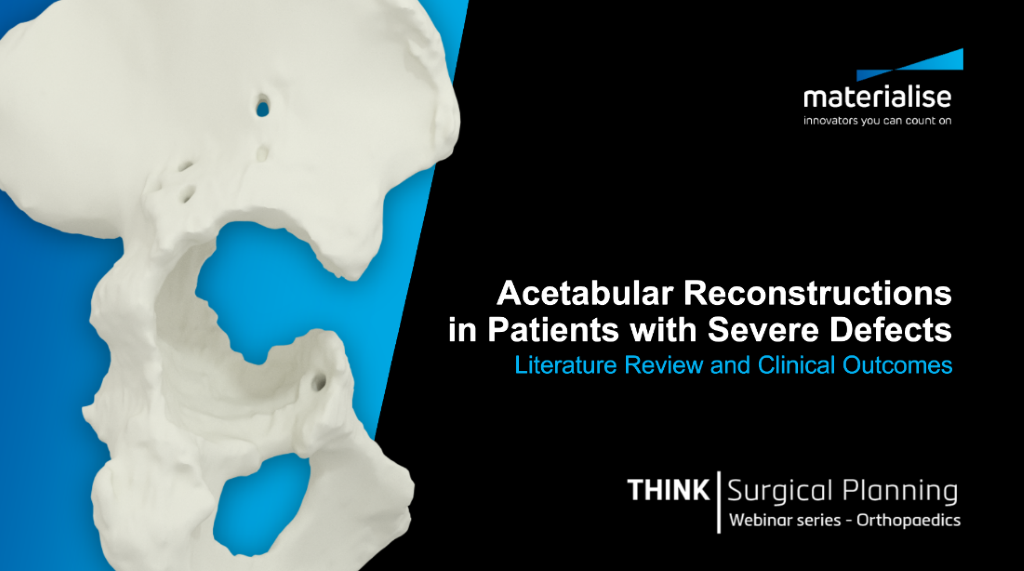
The Critical Role of 3D Printing in Hip Treatment: How Skeletal Stem Cells Can Augment the Outcome.
by Prof. Douglas Dunlop
- Why prof. Dunlop believes additive manufacturing (or 3D Printing) offers a significant opportunity for orthopaedic practice, bone tissue engineering, and regenerative medicine.
- The benefits of combining accurate clinical diagnostics with template planning and custom-made implants, including hands-on examples and testimonials.
- The hands-on story of a 72-year-old patient with painful loosening of left THR acetabular component following a complex history of revisions for recurrent aseptic loosening who, after surgery, benefits from extensive (grade 3) new bone formation at the bone/implant interface.
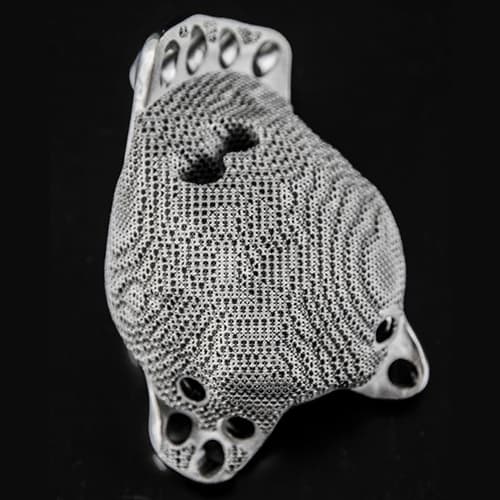
Indications and contraindications to Patient-specific acetabular implants
by Prof. Dr. med. Burkhard W. Wippermann
- Case studies: context, indications, pre-opp and post-opp scans and results
- A clear list of indications and contraindications when to use or not to use the patient-specific aMace implant in the experience at Helios
- What type of complications prof. Wippermann experienced after operating on more than 10 patients with the aMace implant
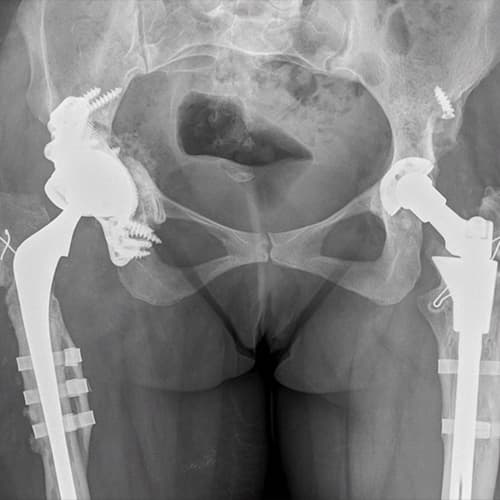
The initial Belgian experience with aMace
by Irisa Myncke
- The results and main conclusion of the study of 25 patients treated with the aMace solution with mean follow-up time of 25 months
- How UZ Brussels approached the reimbursement procedure
- How the functional outcome improved in terms of Oxford Hip Score and Womac Score - What kind of complications were reported and how they were treated
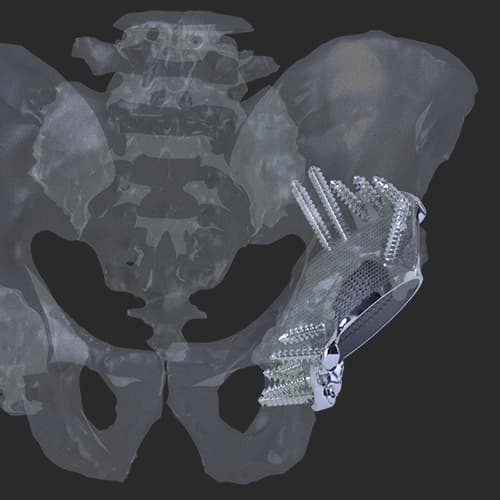
The Nijmegen retrospective clinical studies & evaluation based on 7 years of experience
by Dr. Marieke Baauw
- The results of the study investigating primary and secondary outcome of 27 patients having the aMace implant, 2 years after surgery.
- The main conclusions are of a literature review on studies on how to treat large acetabular defects
- By how many % the Oxford Hip Score improved 2 yrs after surgery
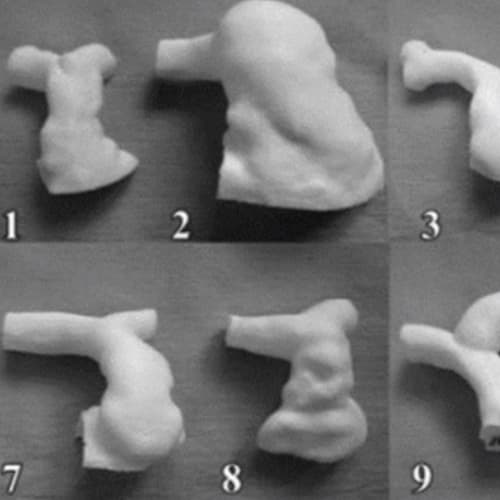
Solutions for complex hip surgery: How to get started
by Prof. Dr. med. Burkhard W. Wippermann
- How a 3D pre-operative plan and analysis helps you gain a better understanding of a particular defect and how it can shift the surgical strategy.
- Tips and tricks for fellow surgeons who are new to these techniques.
- The practicalities of working with engineers to optimize the individualized implant design, screw length, and positioning plan. How to involve the patient and how to leverage the trial models for improved patient communication.
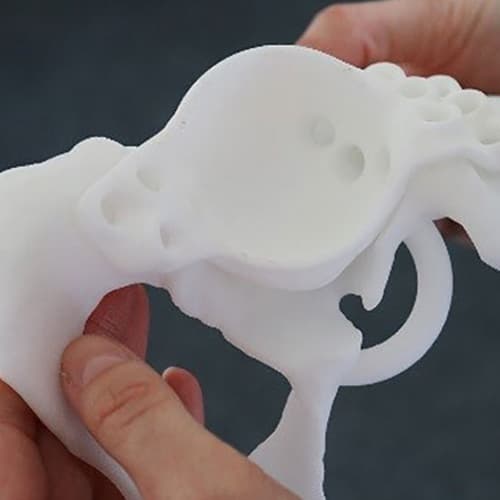
Patient-specific Implant for Post-Traumatic Acetabular Defect Reconstruction
by Dr. med. Simon Weidert
- How a 3D pre-operative analysis helps to understand a particular defect and how it can shift the surgical strategy
- What a 3D-printed model of the defect and the screw guide looks like and how it can help prepare for surgery
- How Dr. Weidert positioned the implant during surgery, guiding you through the steps with surgical images
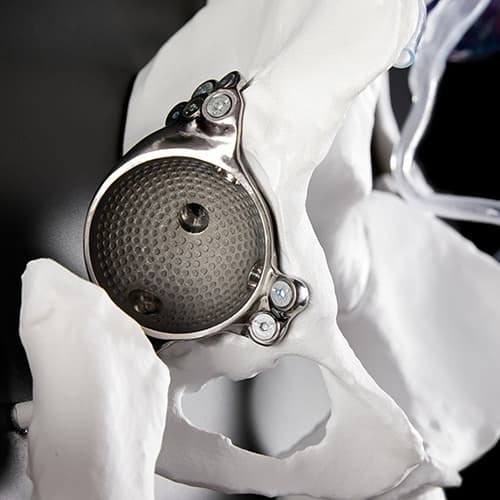
Pre-Operative Planning with Digital X-rays is the Future – Now!
by Dr. Ross Barker
- Why orthopaedic pre-operative planning matters
- The requirements for pre-operative planning
- How to establish key measurements such as the size of the acetabular component required, stem size and offset and leg length discrepancy.
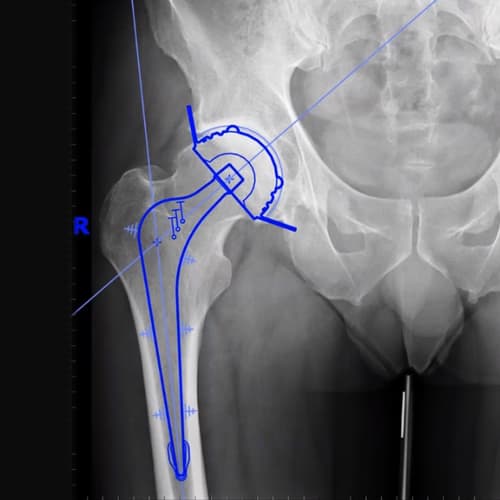
The Use of 3D Models for Complex Acetabular and Femoral Reconstructions
by Brian Haus, M. D.
- What pre-operative planning looks like and how Dr. Haus uses the different software modules, measurements and views analyzing a specific case
- Examples of how radiographs vs. 3D images differ from each other for a particular case and why Dr. Haus feels that CT scan images have only limited reliability
- Why Dr. Haus says he not only had good results, but even had fun using the models
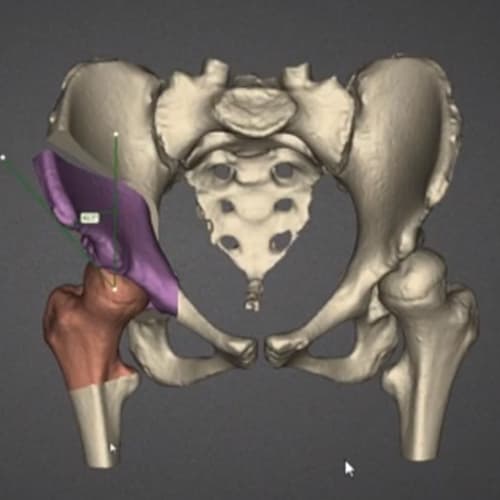
Shoulder webinars
Can Personalized Shoulder Implants Help Orthopaedic Surgeons Improve Clinical Outcomes?
By Dr. Carl Ekholm, Dr. Marco van der Pluijm, Prof. Stefaan Nijs, Prof. Christopher Peach
- Discover good indications for a personalized shoulder implant
- Hear a discussion on various treatment options: grafting vs. personalized implants
- Learn more about the Glenius Glenoid Reconstruction System
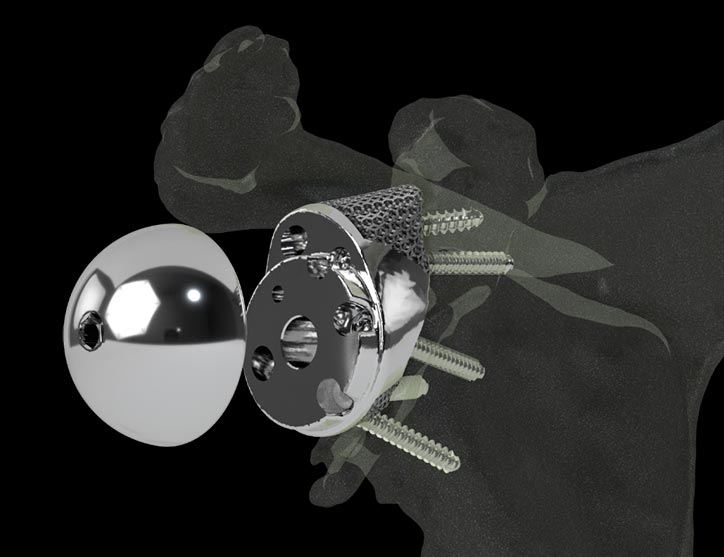
The Future in Shoulder Replacement Surgery: the Integration of 3D Planning and Guides in the Clinical Workflow
by Jonathan C. Levy, MD, FAAOS
- What the current surgical challenges are in Total Shoulder Arthroplasty (TSA) and Reverse Shoulder Arthroplasty (RSA)
- How new technologies have improved shoulder implants
- Why Dr. Levy believes patient-specific problems demand patient-specific solutions
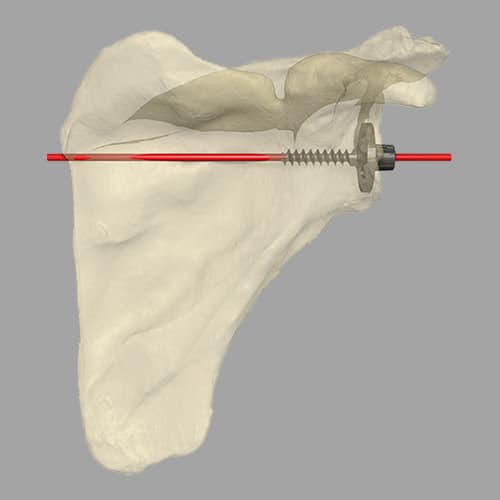
3D and Musculoskeletal Trauma
by Prof. Stefaan Nijs
- The difference between 2D and 3D images and concrete examples of why 3D images influences the surgical strategy
- How Dr. Nijs uses 3D images and planning pre-, intra- and post-operatively
- Case stories and practical examples, illustrated by pictures and videos of how Dr. Nijs uses the 3D technique in his daily practice
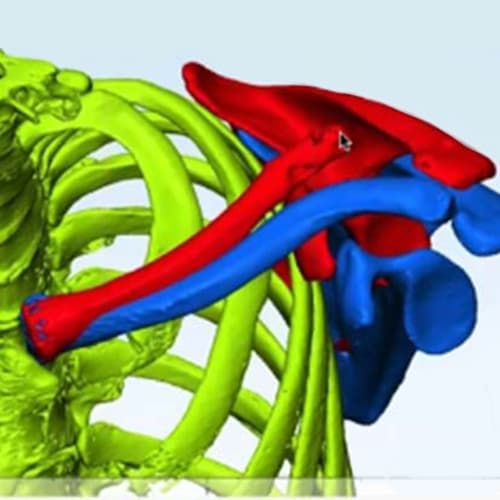
Complex Glenoids in My Practice
by Carl Ekholm, M.D., Ph.D., Associate Professor
- A bit of theory: anatomical features of the glenoid, why the glenoid bone is such a precious commodity and the different classifications
- The different methods you could use for correction (e.g. corrective reaming, structural grafting)
- The different steps of working with Materialise for a patient-specific implant illustrated by pre-operative plans, analysis and post-operative results of three patient cases
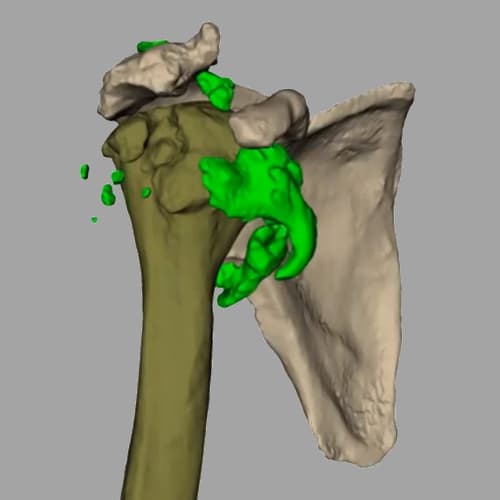
How 3D Pre-Op Planning and Printing Can Help with the Difficult Glenoid
by Mr. Inigo Guisasola, MD, PhD, DMS
- How 3D Printing fits into the practice at the hospital
- The five benefits of 3D Printing in glenoid surgeries according to Dr. Guisasola
- Why using 3D-printed models helps preparing for surgery
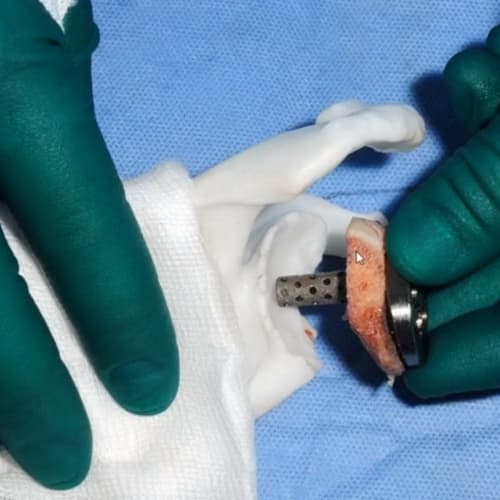
Osteotomies webinars
The 3D Technology Behind the World’s First Successful Double Hand and Face Transplant: A Clinical Engineering Perspective
By Alyssa Glennon,
Principal Clinical Engineer, Materialise
- Discover the 3D technologies behind the hand transplants.
- Learn about the planning process and how Materialise’s innovative tools enable the speed and accuracy required for such a complex medical procedure.
.jpg)
3D Planning for Forearm Malunions: When and How to Use Personalized Guides
By Dr. Frederik Verstreken
Orthopaedic Surgeon, AZ Monica, Antwerp, Belgium
- The focus of this webinar is 3D planning for forearm malunions, which is frequently comprised of complex deformities, often not perfectly visible on 2D images from X-rays.
- Learn more about the benefits of using 3D technology and which cases can profit the most from this approach.

3D Planning, Patient-Specific Guides and Custom Plates for Corrective Osteotomies
by Dr. Ola Wiig
- What the challenges are when applying different surgical methods on a Slipped Upper Femoral Epiphysis (SUFE) defect
- What a patient-specific saw guide, the pre- and post-op models and custom-made plate look like
- The practical advantages experienced when having an anatomical model at hand
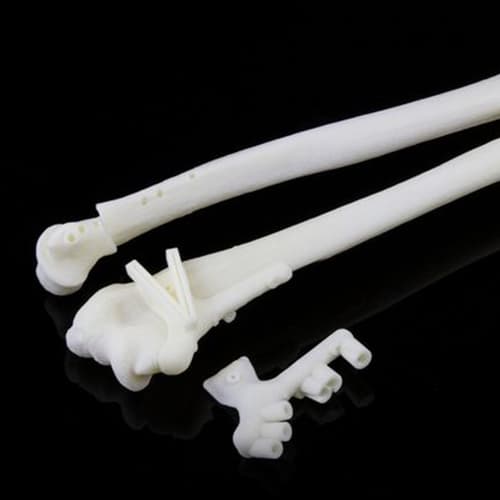
Corrective Osteotomies for Malunion of the Wrist and Forearm, using 3D Computer Planning and Patient-Specific Instruments
by Dr. Frederik Verstreken
- How 3D planning could save you time during surgery
- Get a full insight on 3D possibilities by looking at images, scans, plans and even surgical videos
- Everything about patient-specific 3D-printed titanium plates, drill guides and screw guides
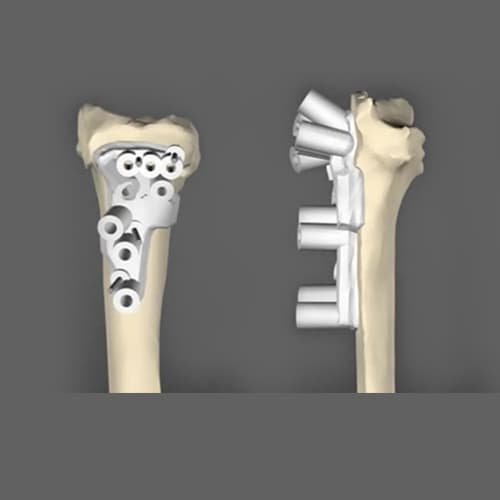
How AI Will Change the Way We Do Pre-Surgical Planning: A Study of Total Knee Arthroplasty
by Adriaan Lambrechts
-
Artificial intelligence (AI) has enormous potential to make healthcare better and safer at a more sustainable cost.
-
In orthopaedics, the technology is at its early stages, but results from our research gives us the confidence that this technology holds the potential to further disrupt the field of surgical planning and personalized treatment.
-
Learn about the variations and challenges in current total knee arthroplasty (TKA) planning solutions and discover how AI can help optimize preoperative planning.
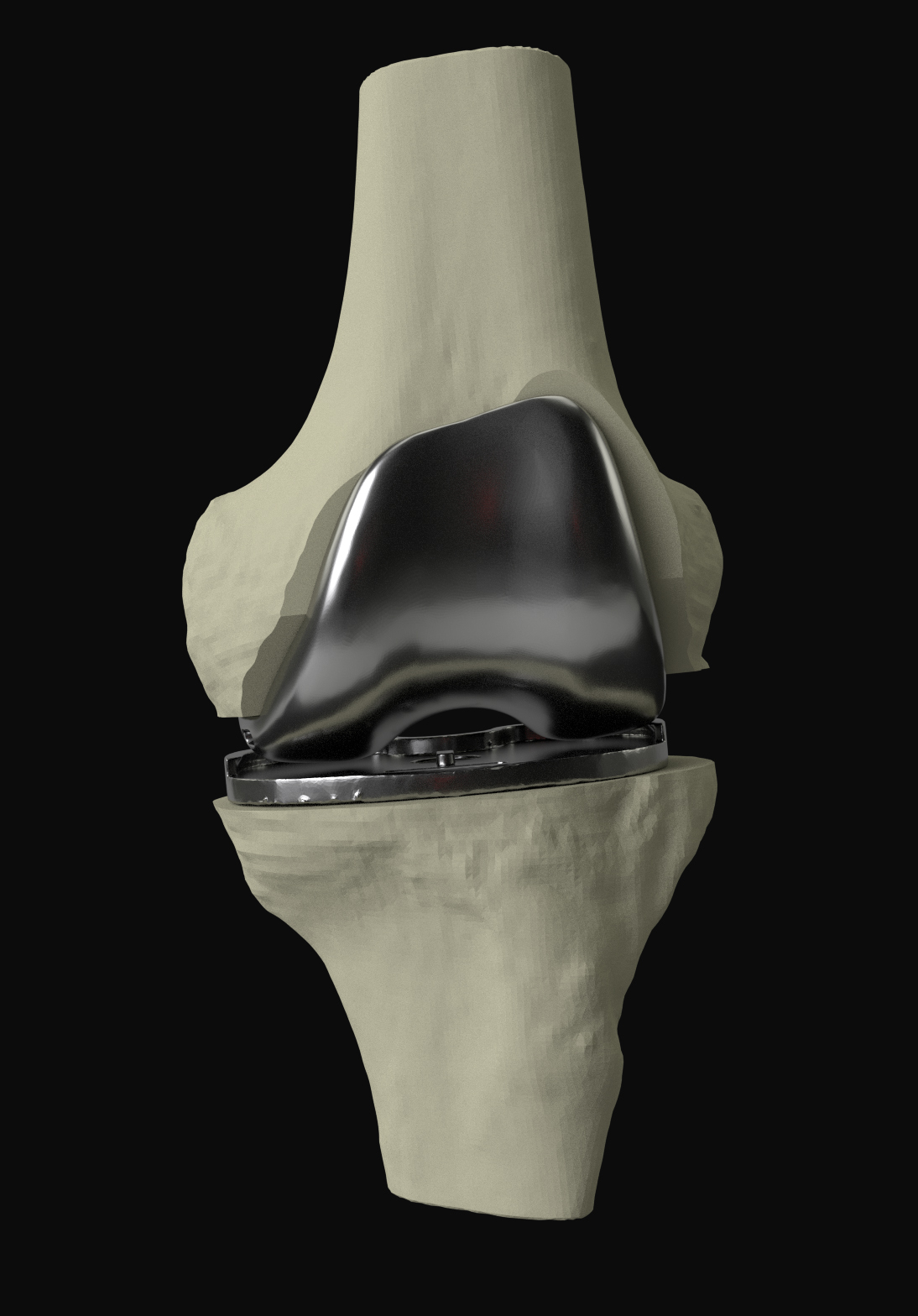
This content is intended for Health Care Professionals only.
